The Face of America’s Oldest Ski Shop
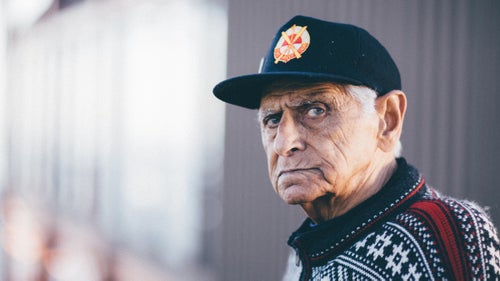
From its oiled wood floors, to its woolens and dry goods, not much has changed at , America’s oldest ski outfitter, in Littleton, New Hampshire. Since 1920, four generations of Lahouts have run the iconic store, but it was 93-year-old local legend Joe Lahout—he stopped skiing at 90—who tossed in some modest snowsports equipment in the 1940’s and gave life to the burgeoning ski community. The unblemished, country-store charm has united decades of Interstate 93 skiers ever since.
Over the last year, Lahout’s grandson Anthony teamed up with to produce a short film about Joe “A lot of people’s parents would remember seeing my grandfather Joe when they were little kids,” says Anthony, who spent a winter living in his car and skiing throughout the West, where he met a lot of people who had connections to Lahout’s. “It was his life and the memorable interaction they had with him that made that ski shop stand out.”
Photo: 93-year-old Joe Lahout. “Put on the damn skis, and go like hell,” Lahout likes to say. “That’s the way it was in those days.” As a teenager, Lahout would train after school at Remich Park and hike his skis to the top of the hill to gain enough speed to make it down the mile of unplowed road toward his home.
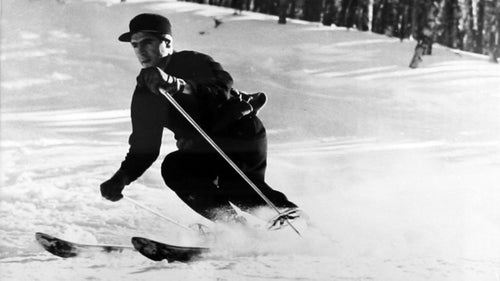
Joe Lahout Sr. carving at Cannon Mountain in 1947. Lahout, who started skiing when he was eight years old, perfected his skills at Cannon using the Arlberg technique that Austrian ski instructor Hannes Schneider brought to the U.S. during WWII. “I took right to it,” Lahout says.
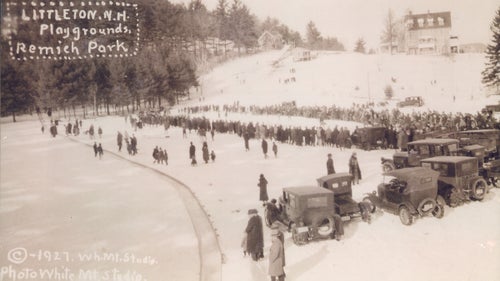
The hill at Remick Park in Littleton, New Hampshire, 1927, where Lahout first learned to ski. “We had to walk up from the bottom to the top, ski down, and put our skis on our shoulders and walk up again,” Lahout remembers. “That’s how we developed our technique. You walked up and skied down.”
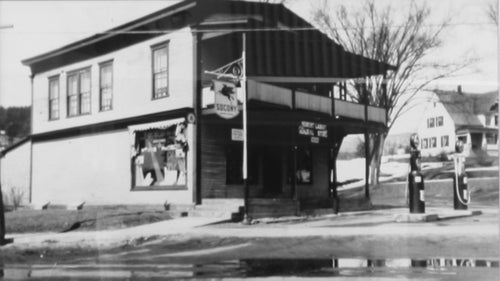
Herbert Lahout’s General Store, converted from an old 19th century grange hall, in the 1920s. Lahout remembers his father Herbert, who died when Lahout was 12, as a shadowy figure who left for months at a time peddling the store’s dry goods and woolens on a horse and buggy, sleeping in farmers’ barns along his big loop route during the Depression.
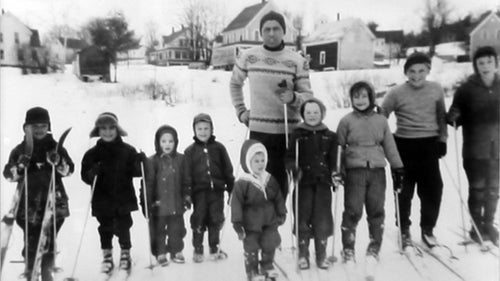
A typical ski day with Joe Lahout in the late 1940s. “My grandfather would constantly take not only his family but other neighborhood kids to ski, to get them out there and have fun,” Anthony says. “He had to ski.”
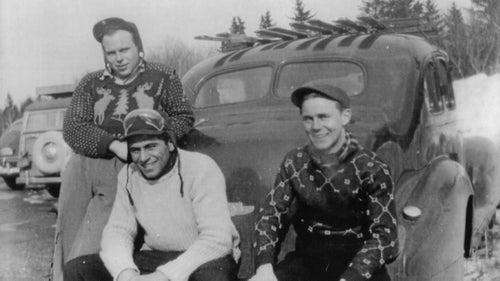
Lahout (middle) and friends at the base of Tuckerman Ravine in the late 1940s. The glacial cirque on the southeast face of Mt. Washington is an iconic place for any New England skier.
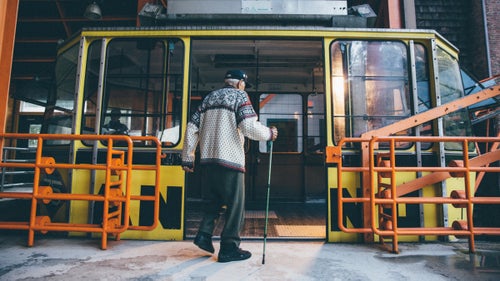
The tramway at Cannon, where Lahout became known for his athleticism, jumping, turning, and speed on the slopes and where he won the Golden-Cannon Medal in 1947 on the Cannon Mountain downhill. The resort’s original passenger tramway, constructed in 1938, was the first in North America.
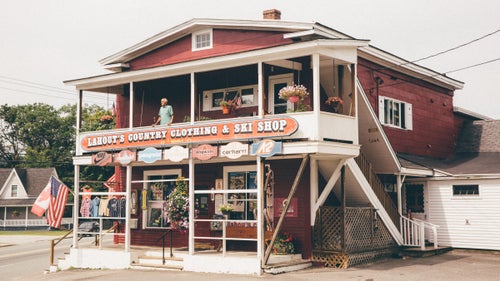
Lahout’s Country Clothing and Ski Shop today. Joe Lahout Sr. stands on the balcony of his home above the store where he’s lived his whole life. “It’s an old, established business that he never changed,” says Lahout’s youngest son Herb. “He kept it the way it was, and people like coming in because sometimes people don’t like change.”
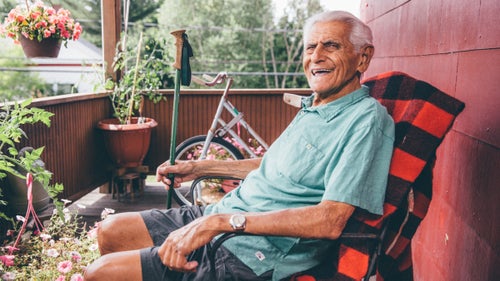
Lahout on the porch above the store, where he sits to relax, read, or ride the stationary bike in the background. “It’s a very iconic spot,” Anthony says. “A lot of my friends who have never met my grandfather know him as the white-haired guy on the porch. That’s his meditation zone.”
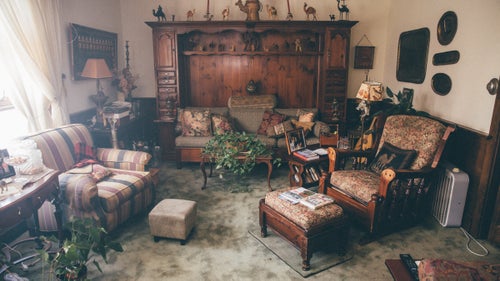
The room over the shop where Lahout was born in 1922, raised his four kids, and continues to live today.